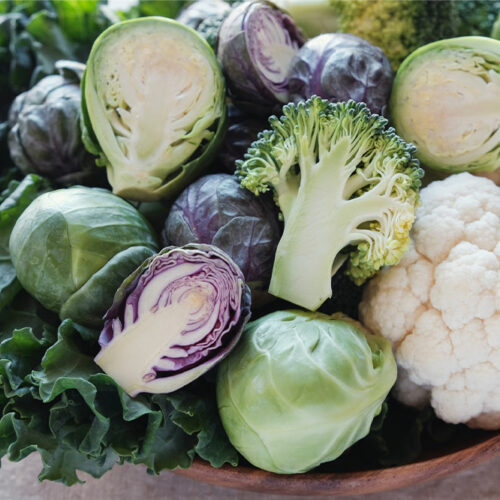5 food choices that help keep dementia at bay

Dementia is a condition that reduces the functionality of an individual’s brain. Among other symptoms, dementia weakens memory, social skills, and thinking abilities. Although dementia has no definitive cure, certain treatments can help people cope better with its symptoms. Research has found that eating the right foods can keep one’s brain healthy. Certain foods have more nutritional value than others; hence, they help keep dementia at bay. Check out a few such foods below. Salmon Fatty fishes like salmon, mackerel, sardines, tuna, and lake trout are rich in essential omega-3 fatty acids. These fatty acids have various health benefits, including blood pressure regulation, keeping the digestive system healthy, and drastically reducing internal inflammation. Most importantly, salmon and other fish rich in omega-3 fatty acids can reduce the likelihood of developing types of dementia such as Alzheimer’s disease. One can include salmon in any meal throughout the day to reap its digestive benefits and keep their brain healthy. Leafy green vegetables Like fatty fish, leafy green veggies also find their way on ‘best foods’ lists. These foods are good for one’s brain health too. Leafy green vegetables are rich in B-complex vitamins and potassium, essential to keep the brain perpetually healthy.






